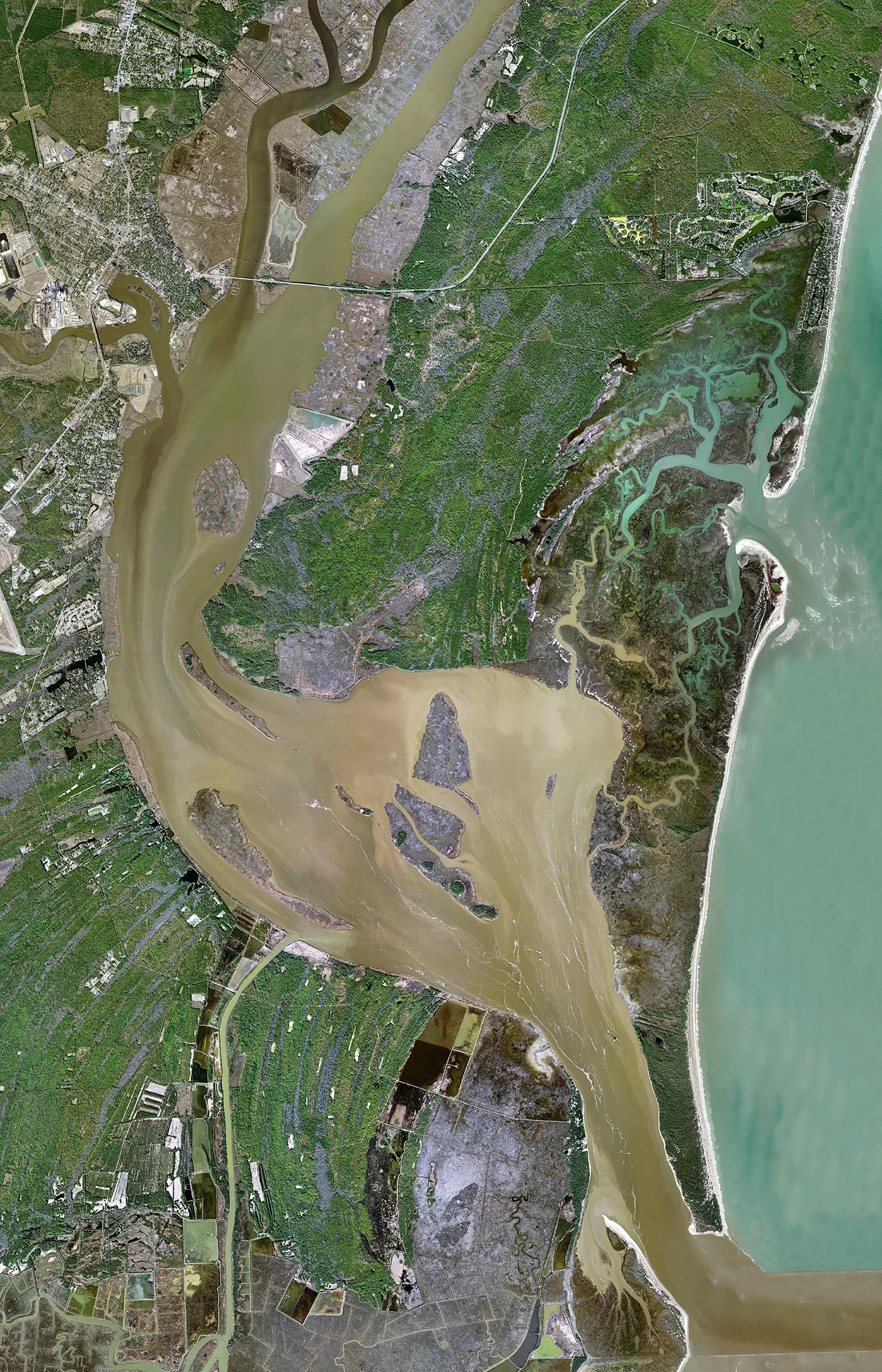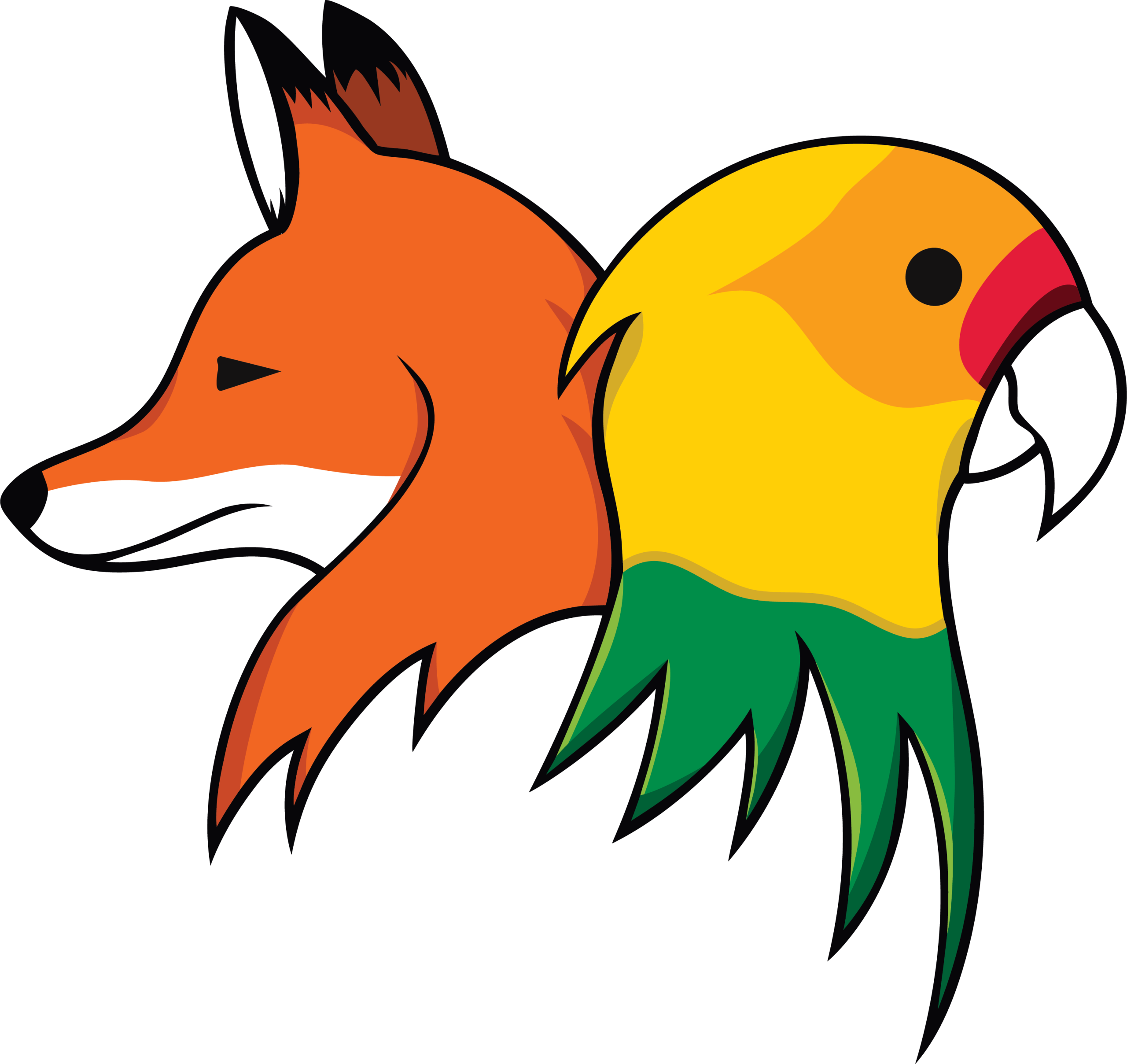Chicora
The lodge is comprised of 7 local chapters, each covering a designated service area within the boundaries of the Indian Waters Council. An Arrowman’s chapter is determined based on the district (of the council) in which their unit is chartered, and much of the lodge program and administration are organized around chapter membership (e.g., competitions at the Fellowships, Unit Election Team visits). When a chapter is initially established, the members choose a fitting name, which is both distinctive and provides some level of identity for the chapter members.
Service Area
The Chicora District of the Indian Waters Council covers the eastern border of the Pee Dee region in Horry, Marion and Dillon counties. The Waccamaw, Little Pee Dee, Great Pee Dee Rivers flow through the Chicora District, eventually emptying into Winyah Bay.
Chapter Name Etymology
Original inhabitants of the Pee Dee coast, the Winyah tribe, named the region Chicora, meaning, “the land.”[1] The Winyah tribe were part of the Chicora Nation (i.e., Catawba, Cofitachique), which originally stretched along the coast of the Carolinas from the Savannah River to the Cape Fear River and inland to the headwaters of the Pee Dee River.[2] Members of the Chicora tribe may have been some of the first Native Americans to see the Spanish explorers arrive in present-day South Carolina on June 24, 1521. Upon their return to Spain, the explorers invented the Chicora Legend, describing a mythical land, rich with timber, gold, silver, and pearls, with a river so deep and wide it created a “gulf” into the land.[3] The land the Spaniards describe is surely that of the Pee Dee region, where a confluence of rivers forms the Winyah Bay estuary (30 miles south of present-day Myrtle Beach).
1Quattlebaum, Paul. “The Land Called Chicora: The Carolinas under Spanish Rule with French Intrusions, 1520-1670.” Reprint Co., 2009.
2“Chicora Indian Tribe of South Carolina.” Facebook, 22 Apr. 2016, http://www.facebook.com/chicoraindiantribe.
3Hoffman, Paul E. “The Chicora Legend and Franco-Spanish Rivalry in La Florida.” The Florida Historical Quarterly, vol. 62, no. 4, 1984, pp. 419–38.

Contact Leadership
Each chapter has an elected Chapter Chief, Vice Chief, and Secretary, with guidance provided by their selected adviser. Chapter members should contact their Chapter Chief with any questions or to schedule a unit election visit.
Chapter Chief
Chapter Vice Chief
Chapter Secretary
Chapter Adviser

#chicora
